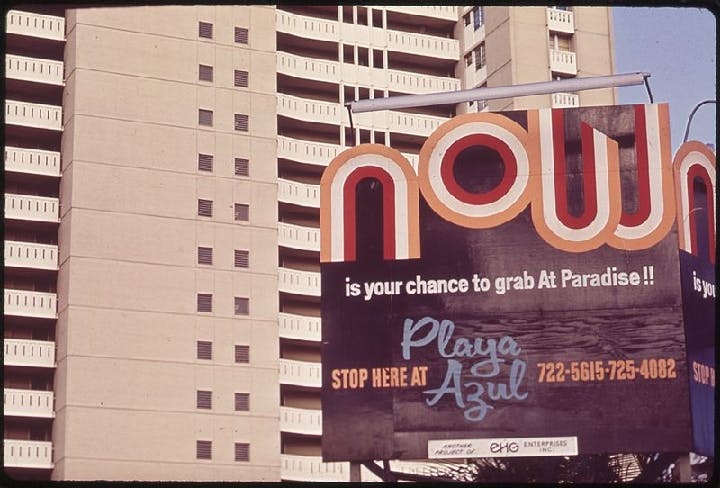Summer 2013
Why do home sellers still use real-estate brokers?
– The Wilson Quarterly
In the age of seller-to-buyer online purchasing, why do the vast majority of home sellers still use real-estate agents?
Like beachfront houses left untouched by a hurricane that washes away their neighbors, real-estate brokers have somehow survived the Web onslaught that has devastated travel agents and other middlemen.
It’s one of the minor mysteries of the Internet age, deepened by the latest research of B. Douglas Bernheim and Jonathan Meer in Economic Inquiry. People who sell their houses through a broker, the two economists find, get 5.9 to 7.7 percent less than those who don’t.
Other researchers looking at the real-estate market have found similar evidence, Bernheim and Meer report. A 2008 study showed that when agents sold theirown houses, the properties stayed on the market for nine days more than comparable homes and sold for four percent more. It’s a classic manifestation of what economists call the “principal-agent” problem: Agents (not just in real estate) have incentives that don’t always align with those of the principals they represent. Real-estate brokers, who bear the cost of marketing homes and showing customers around, have a strong incentive to close a deal quickly rather than wait for better offers.
Why do the vast majority of sellers still use real-estate agents? Bernheim and Meer suggest that people with a house to sell value the convenience or speed the brokers offer, or simply may be ignorant of what a broker’s services will really cost them. Brad Stone, reporting in Bloomberg Businessweek, where he is a senior writer, gained some insight by looking at four Web-based companies that have entered the real-estate business. Zillow, Trulia, and Realtor.com have thrived by offering users the ability to shop for homes online, but the companies play no part in transactions. Sellers still need to manage those themselves or sign up with an agent. A fourth Web-based firm, Redfin, has gone head to head with agents by offering cut-rate services. (Traditional broker commissions average more than five percent of the selling price.) It has struggled.
Zillow CEO Spencer Rascoff told Stone that “consumers don’t really care about commissions. They say they care, and they talk a big game in the off-season. But when push comes to shove and it comes time to sell their home, the transaction is so infrequent and so highly emotional and expensive — and consumers are so prone to error—that they turn to a professional.”
Bernheim and Meer don’t think that’s the only explanation. Ignorance is another. They point to an area where properties are not entered in the Multiple Listing Service, the broker-owned system that many realtors consider an indispensable marketing tool. The houses are in a California neighborhood in which homeownership is open only to faculty and staff of Stanford University, where Bernheim teaches. (Meer is on the faculty of Texas A & M.) The properties are listed only through the Faculty Staff Housing Service, a Stanford entity. Even so, many sellers still engage real-estate agents. But after the two researchers circulated an early version of their findings in the neighborhood, “the fraction of sellers using brokers plummeted from 59.5 percent in 2006 to only 28.6 percent in 2007.”
—
THE SOURCES: “Do Real-Estate Brokers Add Value When Listing Services Are Unbundled?” by B. Douglas Bernheim and Jonathan Meer. Economic Inquiry, April 2013. “Why Redfin, Zillow, and Trulia Haven’t Killed Off Real-Estate Brokers” by Brad Stone. Bloomberg Businessweek, March 7, 2013.
Photo courtesy of Wikimedia Commons
Up next in this issue
